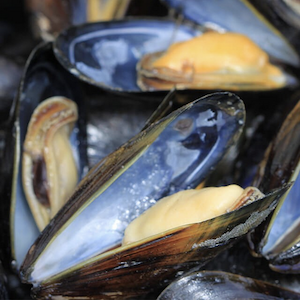European legislation and live bivalve molluscs: Are the criteria for microbiological safety matching with the criteria for sanitary classification of harvesting areas?

Accepted: 16 December 2021
Supplementary Files: 39
HTML: 6
All claims expressed in this article are solely those of the authors and do not necessarily represent those of their affiliated organizations, or those of the publisher, the editors and the reviewers. Any product that may be evaluated in this article or claim that may be made by its manufacturer is not guaranteed or endorsed by the publisher.
The European Union (EU) established the criteria for the classification of shellfish harvesting areas, based on the results of monitoring E. coli in shellfish. The EU also defined E. coli as a microbiological criterion for end product safety, based on a three-class sampling plan. Both criteria are based on the MPN method, a test with a statistical approach and in which different factors contribute to the variability of the outcomes. This theoretical study, based on combinatorics and Bayes’ theorem for conditional probability, investigates the consistency between these two criteria and aims to determine the probability of obtaining false compliant and non-compliant results when applying the safety criterion test to shellfish placed on the market. The results show that in the second case, the probability of non-compliant outcomes does not appear negligible within a range between 10% and 50% in the different hypothesized scenarios, with a probability of false noncompliant outcomes over 10%. In addition, the Bayes’ Theorem shows that Class A, or Class B areas (as allowed), could be the origin of non-compliant shellfish, with a not negligible frequency. Therefore, within the limits of the assumed working hypotheses, the safety criterion for E. coli, as described in Regulation EC/2073/2005, does not appear to be consistent and coordinated with the classification criteria stated in the Regulation EU/2019/627 and it is not closely related to the sanitary status of shellfish harvesting area.
PAGEPress has chosen to apply the Creative Commons Attribution NonCommercial 4.0 International License (CC BY-NC 4.0) to all manuscripts to be published.


 https://doi.org/10.4081/ijfs.2022.9956
https://doi.org/10.4081/ijfs.2022.9956



